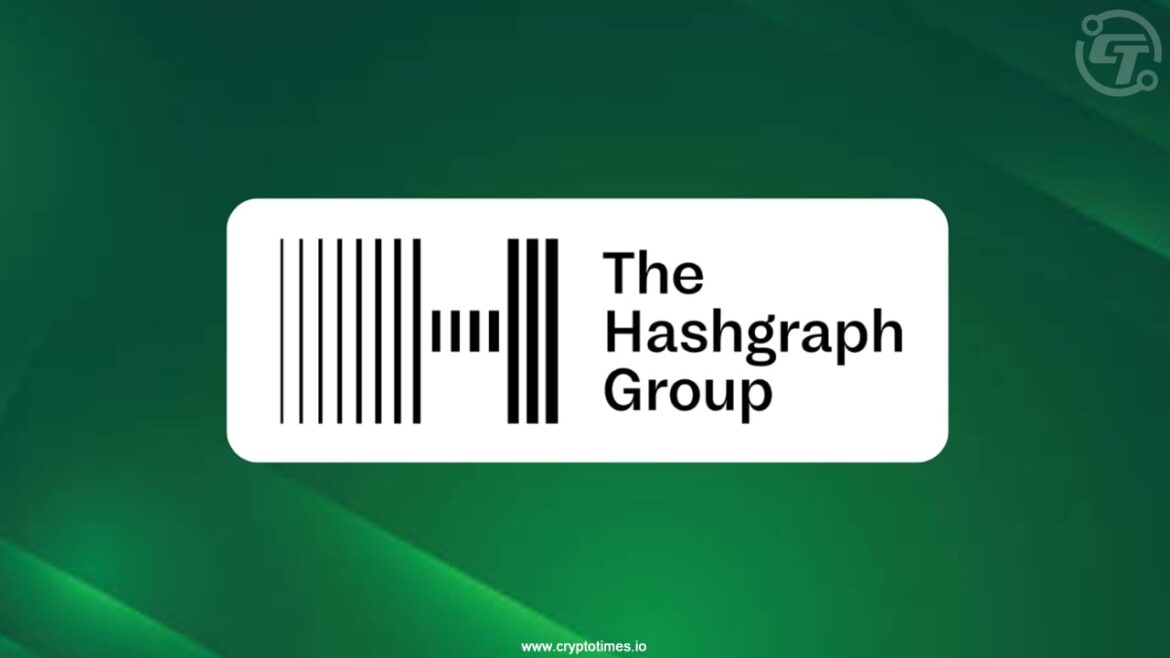Over the summer, we learned a little about how Star Trek: Enterprise‘s Captain Archer himself, Scott Bakula, had worked together with producer Michael Sussman on a pitch for a new Trek spinoff set after the events of the show called Star Trek: United. And now, thanks to Sussman, we have a little bit of a better idea of what the series might’ve entailed… and one day still could.
Speaking to TrekMovie‘s All Access Star Trek podcast recently, Sussman revealed more details about the proposed setup for United, which would’ve built upon Enterprise‘s brief revelation in the season four Mirror Universe two-parter “In a Mirror, Darkly” that one day Captain Archer was destined to become one of the first presidents of the nascent United Federation of Planets. The series, which Sussman had previously described as being tonally akin to the Star Wars political thriller tension of Andor, had been pitched to Paramount with Bakula’s involvement, only to be turned down due to a broader cutback in streaming funding ahead of the company’s recent sale to Skydance, as well as perceived familiarities to the upcoming Starfleet Academy show, which will also be primarily set on Earth.
According to Sussman, United would’ve balanced Archer’s political duties navigating the early years of the Federation’s existence with exploration of his family life. “Archer would be in a place in his life where Scott [Bakula] kind of is right now, where Scott is a family man. He’s got four adult kids,” Sussman explained. “And so I gave Archer four adult kids, and the story is as much about them as it is about him, because he [Archer] lived this life of diplomacy … his family sort of grew up with this sense of service. So he’d have these adult kids, one of whom is part of the diplomatic corps, another is in Starfleet, somebody else is in Federation Intelligence. So his adult kids could be brought into this story in a way that felt very organic… They would be integral to the story we were telling.”
Although the desire would’ve been to include familiar faces from Enterprise in meaningful ways, Sussman noted that United would’ve focused on Archer and a younger cast of new characters, rather than picking up with other Enterprise characters. But one thing the writer-producer did want to pick up on was a plotline that Enterprise would’ve built on itself if it had not come to an end after four seasons: the outbreak of the Federation’s war with the Romulans, a significant, largely still unseen piece of Star Trek backstory that plays into one of the most iconic original series episodes of all time, “Balance of Terror.”
The aftermath of the Romulan War, which leads to no one from the Federation actually seeing a Romulan until the events of “Balance,” and exploring how that could ultimately be the case, would’ve been a key element of United. “Something that has become clear to me from feedback since we first started talking about [United] is fans saying they never got to see the Romulan War,” Sussman explained. “We were waiting for it, and you guys just kind of skipped over it [in the Enterprise series finale]. And I share their frustration. So I would want to show [some of] that, and a particular pivotal moment that’s not just pure fan service…”
“…It almost seems like the Federation, or the people of Earth as well as the Romulans, don’t want the Vulcans to know who they are,” Sussman continued. “And why would that be? I think that’s a very intriguing question.”
Unfortunately, we may never know, given that Paramount already turned down United once after early talks. But now that Paramount is owned by Skydance and has a supposed renewed focus on streaming—and, beyond Starfleet Academy and a couple more seasons of Strange New Worlds, Star Trek‘s own streaming TV future is up in the air—Sussman still has a glimmer of hope that United could potentially see the light of day.
“It is encouraging, as a fan of the franchise, that they seem to be saying ‘We want to do more Star Trek streaming, we want to do more movies,’” Sussman concluded. “I don’t know what their plans are, but if their plans involve expanding the footprint of Star Trek on streaming, then perhaps something like this could be a part of it. I mean, for me, crazier things have happened.”
And crazier things have happened for Star Trek itself in this streaming renaissance, too. What’s another familiar face’s return at this point?
Want more io9 news? Check out when to expect the latest Marvel, Star Wars, and Star Trek releases, what’s next for the DC Universe on film and TV, and everything you need to know about the future of Doctor Who.




